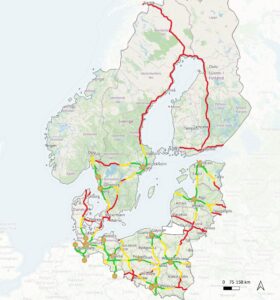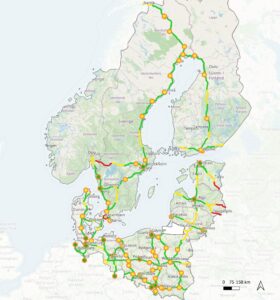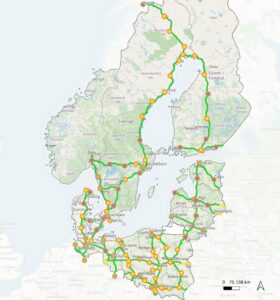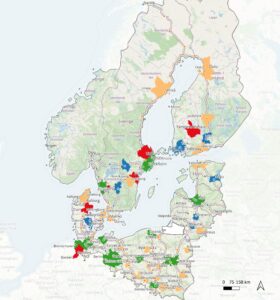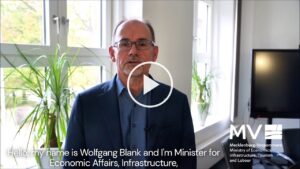Starting a hydrogen project requires a clear understanding of where to begin: from identifying suitable locations to connecting stakeholders, securing funding, and assessing costs. Below you will find key insights and practical steps to guide your planning process.
HyTruck Hub:
How to start a Hydrogen Project for Heavy-Duty Transport?
Welcome to the HyTruck Hub, your central platform for hydrogen truck mobility and refuelling infrastructure in Europe. Gain access to strategic roadmaps, data-driven project insights, refuelling network data, business models and entry points into hydrogen opportunities in the European heavy-duty transport space.
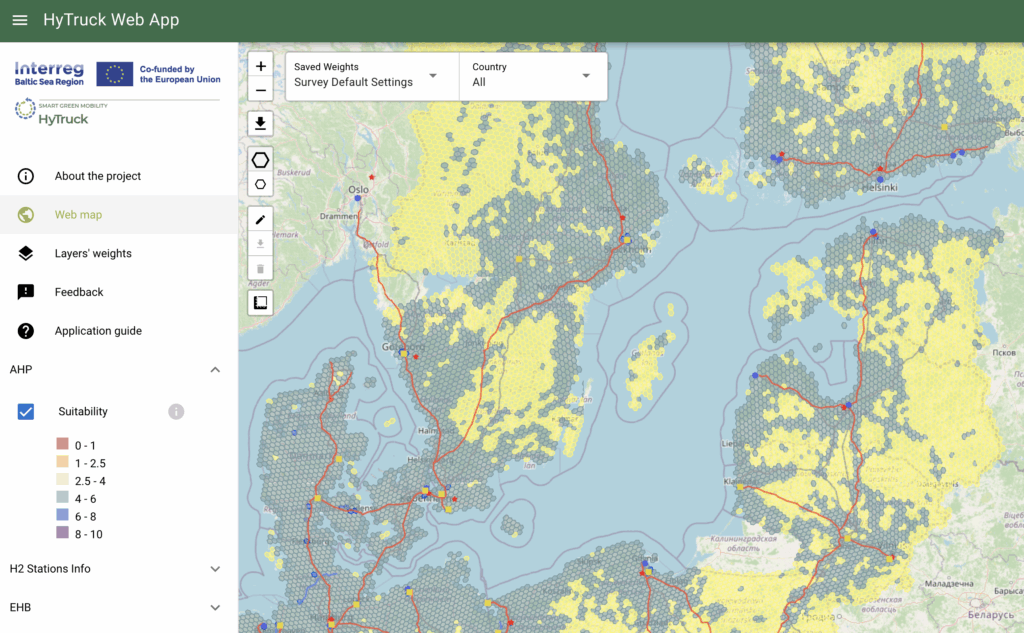



How do you start your H2 project?
Site selection
What criteria should I consider when choosing a location for my project?
When selecting a site for HRS via a more data-driven approach, we have an area of interest in mind, a section of a road network where each segment is not further away than a pre-defined distance. In HyTruck and AFIR, that distance is about 100 km, however in urban contexts we would consider much shorter distances as well. Then within that area of interest we collate important criteria that influence either the importance of factors for a high productivity, ease of access and construction, and that avoids restrictions, and public or environmental risks. For these criteria data is processed over a high-resolution grid and a suitability map generated with a high resolution. Now, in the Spatial Planning Toolkit these activities are already available and you can zoom into your area of interest to look for grid cells that have higher suitability values and are stiull as centrally locatied as possible for you planning project.
More information on data, access, and methods can be found at: https://hytruck.landscape-geoinformatics.eu/docs/
Network development
How do I find customers and partners for my H2 projects?
CLIC Innovation’s stakeholder-driven approach supports companies in the hydrogen and clean mobility sector by facilitating targeted partner search, project consortia building, and customer identification. Through workshops, matchmaking events, and tailored engagement tools, it strengthens collaboration, innovation, and project success.
https://clicinnovation.fi/services/project-coordination-services/
Funding
Starting your H₂ project means combining the right partners and funding tools from the very beginning. EU grants such as the CEF-AFIF can support construction of hydrogen refuelling stations along major corridors, while the EIB provides affordable finance and advisory services backed by InvestEU and RepowerEU.
National schemes – for example Klimatklivet in Sweden – add local co-funding and permit support. Make sure your station design follows the AFIR requirements, and look into the European Hydrogen Bank for production or supply contracts.
Price
How is the price of hydrogen determined?
The hydrogen price is shaped by capital and operational costs, taxes, subsidies, and by-product sales. Key factors such as electricity source, local policies, and hydrogen production methods determine overall H2 cost, market competitiveness, and feasibility for zero-emission transport infrastructure.
Note: The final results of the H2 price calculations from HyTruck will be published by the end of this year.
Chalmers University of Technology: https://www.chalmers.se/en/
Division: Transport, energy and environment https://www.chalmers.se/en/departments/m2/research/transport-energy-and-environment/
Maria Grahn’s profile: https://www.chalmers.se/en/persons/np97magr/
Maria Grahn’s email: maria.grahn@chalmers.se
Jorge Enrique Velandia Vargas’s email: jevelandiav@unal.edu.co
RISE Research Institutes of Sweden: https://www.ri.se/en
Unit: Energy System Analysis https://www.ri.se/en/expertise-areas/expertises/energy-system-analysis Hadi Farabi’s profile: https://www.ri.se/en/person/hadi-farabi-asl
Hadi Farabi’s email: hadi.farabi.asl@ri.se
For more details, please refer to the full HyTruck guideline developed by Reiner Lemoine Institut:
HyTruck Guideline for planning hydrogen refueling stations in the Baltic Sea region
